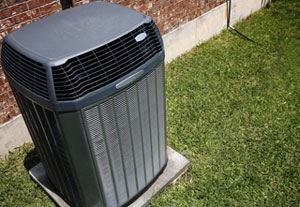Are you considering a bathroom renovation? You're likely looking at more efficient fixtures and the latest in bathtub, sink and toilet design. But there's one key area in a bathroom renovation some homeowners overlook: exhaust ventilation.If your ventilation is lacking, bathroom renovations are the perfect opportunity for installing or upgrading an exhaust system.
Why Exhaust Ventilation Is a Must
Most of the humidity generated in a home comes from the bathroom or the kitchen. In the bathroom, the source is likely showers, running water in the sink and flushing toilets. All this moisture has an impact on the home, resulting in:
Stale air and unpleasant bathroom odors.
Excess moisture in the home, leading to higher summertime humidity and a need to lower the thermostat when the humidity makes the home seem too warm.
Mold, mildew and fungus on tile, shower curtains, floors, walls and ceilings, leading to a musty smell and damaged drywall.
If you have a window, the solution could be to open it and turn on a fan to blow out the moisture. However, this isn't always practical and modern homes seldom have bathroom windows.The best solution is to install exhaust ventilation, but ductwork must lead to the outdoors. A system that empties moist air into the attic or in spaces between ceiling joists will cause wood rot and mold. If existing ductwork leads to these places, it should be extended so that it goes through the roof or an exterior wall.
Choosing an Exhaust System
Homeowners have many choices of exhaust systems these days, including quieter, more efficient models than were available in the past.You will need to find exhaust fan with the right airflow capacity for your bathroom, which is measured in cubic feet per minute (cfm). Figure 1 cfm per square foot and a minimum of 50 cfm. For bigger bathrooms (more than 100 square feet), figure at least 50 cfm for each toilet, bathtub and shower.
For more on bathroom renovations and exhaust ventilation, contact Air Assurance. We've served Broken Arrow and the surrounding area for more than 30 years.
Our goal is to help educate our customers in the Tulsa and Broken Arrow, Oklahoma area about energy and home comfort issues (specific to HVAC systems). For more information about bathroom renovations and other HVAC topics, call us at 918-217-8273. Credit/Copyright Attribution: “jarmoluk/Pixabay”



